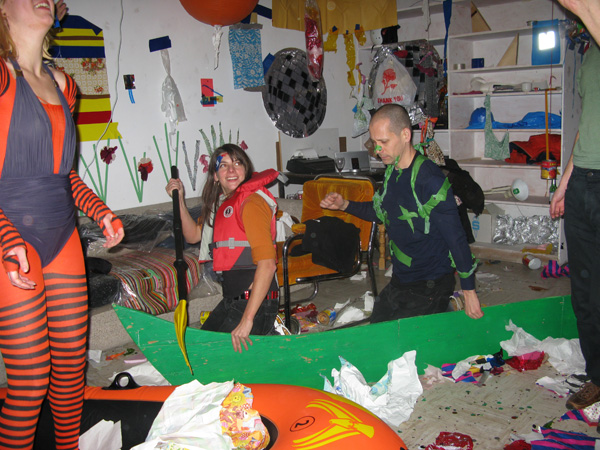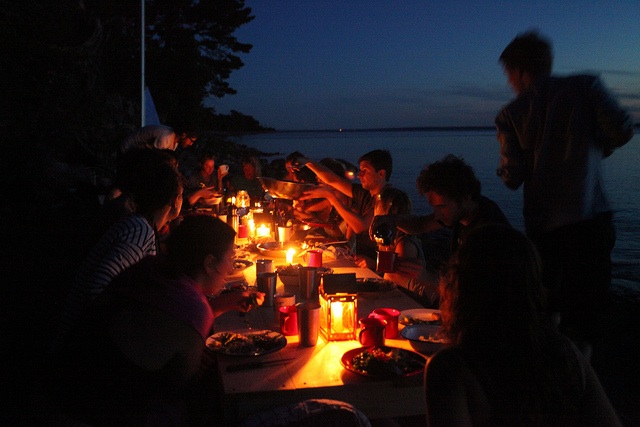Traditionally, artist residencies are understood as a home away from home, where artists and cultural practitioners can leave their daily obligations and routine activities behind so that they can gain time for reflection, research and production. In the last few years, there has been a proliferation of newer models of artist residencies that challenge the idea of a residency as a retreat from everyday burdens.
In 2008, the artist and curator Paul Butler directed an experimental residency called Reverse Pedagogy at the Banff Centre where he and sixteen other artists disrupted the curricular structure of an artist program in order to open up the residency to chance, errors and unexpected outcomes. Butler’s residency at the Art Gallery of Ontario titled Post Post Graduate Studies (2011) experimented with an alternative art school curriculum by inviting the public to join him in a series of informal classes, workshops and field trips led by members of his community. Similarly, educator, art critic, and independent curator Vesna Krstich directed a three-week residency at gallery TPW titled Back to School (2013). Inspired by historic and contemporary performance scores and instructions, the residency hosted a range of school and public performance-based workshops, screenings and discussions, with the aim to rethink pedagogy and participation in both traditional classrooms and exhibition spaces. The artist Reena Katz takes a more intimate approach during the 2013 HATCH performing arts residency at the Harbourfront Centre. Titled love takes the worry out of being close: public assemblies in bed with queers, Katz transforms the exhibition space into a public honeymoon suite where the participants are invited to talk politics with the LGBTQ community.
Other artist residencies completely move outside of art institutions, creating their own artistic retreats. Founded by Robert Gorski and Andrew Ranville in 2014, Rabbit Island Residency is a platform to investigate, expand, and challenge creative practices in a remote island, responding to notions of conservation, ecology, sustainability, and resilience. In her project Walking Studio, Diane Borsato constructed an 11’x18’ studio on the Ontario countryside. Functioning as a mobile field-study space that can be assembled or dismantled, the Walking Studio serves and gives material form to artistic practices that are site-responsive. Similarly, documenting her trip to rural Cape Breton, Nova Scotia, the artist Aislinn Thomas captures spaces of relations between two neighbouring communities and their local residents through a series of interviews. Her accordion book titled Why Whycocogmagh serves as a vehicle for disseminating her residency, using the form and the content of the book to speak to the experiential divide felt in any one place. Other examples of mobile residencies include The Nomadic Village, a mobile art society that responds to the emergence of a new kind of nomadic artists, Lenka Clayton’s Artist Residency in Motherhood , a self-directed, open-source artist residency to empower and inspire artists who are also mothers, and the Residency for Artists on Hiatus (2013–2017), which took place as a virtual residency for artists who were not currently making art, organized by Shinobu Akimoto and Matthew Evans.



















